How to Ensure Pipeline Safety for Reliable Energy Transport
Pipelines play a critical role in transporting essential energy resources like oil, natural gas and water over vast distances. Failures in pipeline systems can lead to environmental disasters, economic loss, and risks to human life. This article explores the key aspects of pipeline safety, the common risks associated with pipelines and the technologies and practices used to ensure their safe operation.
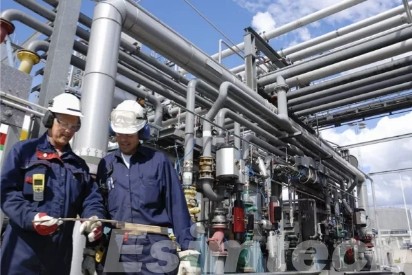
Importance of Pipeline Safety
Pipelines are considered one of the safest and most efficient ways to transport energy resources compared to alternatives like road or rail. They operate 24/7, often unseen, and deliver critical resources to power homes, industries, and vehicles. However, the hazardous nature of the substances being transported—oil, natural gas, or chemicals—makes safety a top priority.
Maintaining the integrity of pipelines is crucial not only for preventing leaks and spills but also for avoiding explosions or fires, which can have catastrophic consequences. The long-term environmental impact of a pipeline failure can also be severe, including contamination of soil, water sources, and harm to wildlife.
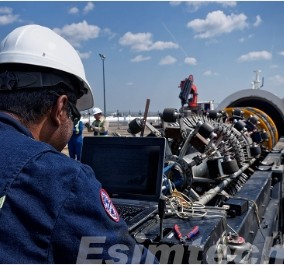
Key Factors in Pipeline Safety
1. Pipeline Design and Construction
- Material Selection: Pipelines are typically constructed from durable materials such as carbon steel, which can withstand high pressures and temperature variations. Proper material selection based on the type of substance being transported (e.g., oil, gas, or chemicals) is essential to prevent corrosion, cracking, or leaks.
- Welding and Joint Integrity: The welding of pipeline sections is a critical step in construction. Poorly welded joints can lead to weak points in the pipeline, increasing the risk of failure. Stringent welding standards and quality checks during construction are crucial to ensure long-term reliability.
- Corrosion Protection: External and internal corrosion is one of the primary causes of pipeline failures. To prevent this, pipelines are often coated with anti-corrosive materials and cathodic protection systems are installed, which use an electric current to prevent the metal from corroding.
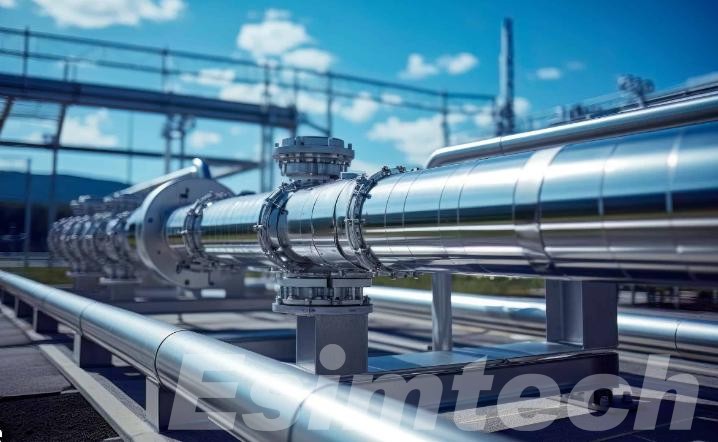
2. Regular Inspection and Monitoring
- Leak Detection Systems: Advanced sensors and automated leak detection systems monitor pipeline pressure, flow rate, and temperature in real time. Any anomaly is quickly flagged for investigation to prevent leaks from turning into major spills.
- In-line Inspection Tools (PIGs): Smart pigs (Pipeline Inspection Gauges) are devices that travel through pipelines to detect cracks, corrosion, and other structural weaknesses. These tools provide detailed data on the pipeline’s internal condition, enabling early detection of potential failures in pipeline.
- Aerial and Ground Surveillance: Regular surveillance via drones, helicopters, or ground patrols helps identify external threats, such as construction activities or natural events like landslides, that may damage pipelines.
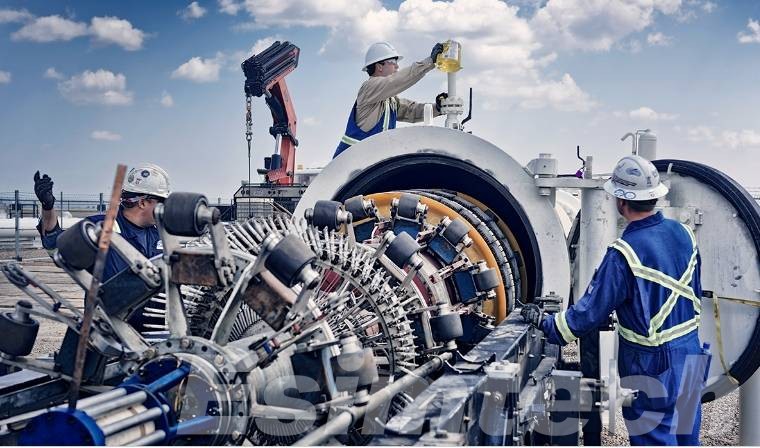
3. Maintenance and Repair Programs
- Preventive Maintenance: Scheduled maintenance programs are vital to ensure that pipelines remain in optimal condition. This includes cleaning the internal surfaces, inspecting for corrosion, and replacing any sections that show signs of wear or damage.
- Emergency Response Planning: In the event of a failure, having an effective emergency response plan is essential. Pipeline operators must have trained personnel, equipment, and protocols in place to minimize the impact of spills or leaks on the environment and nearby communities.
4. Regulatory Compliance and Industry Standards
- Governments and regulatory bodies set stringent safety standards that pipeline operators must comply with. These regulations cover all aspects of pipeline design, construction, operation, and maintenance.
- In many regions, regular audits and inspections by regulatory agencies ensure that companies adhere to the best practices for safety. Violations can result in fines, shutdowns, or legal consequences, emphasizing the need for strict compliance.
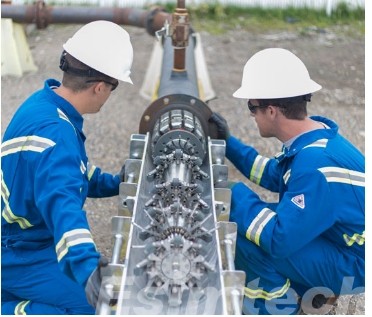
Common Risks and Threats to Pipeline Safety
This chart identifies the most common risks to pipeline safety and their potential impact on operations and the environment.
| Risk/Threat | Description | Potential Impact |
| Corrosion | Gradual degradation of pipelines due to chemical reactions with the environment. | Pipeline leaks, ruptures, environmental contamination, costly repairs. |
| Mechanical Damage | Damage is caused by external forces like construction or heavy equipment. | Immediate ruptures, leaks, or reduced structural integrity. |
| Ground Movement | Earthquakes, landslides, or soil erosion that affect pipeline stability. | Bending, cracking, or breaking of pipelines, leading to leaks or bursts. |
| Third-Party Interference | Unauthorized digging or construction near pipelines. | Damage to pipeline, accidental leaks or ruptures. |
| Operational Failures | Equipment malfunctions, overpressure, or human error during operations. | Reduced efficiency, leaks, or full-scale system failures. |
| Environmental Conditions | Extreme weather events (floods, hurricanes, etc.) that affect pipeline integrity. | Flooding, erosion, freezing of pipelines, corrosion, and breakage. |
| Aging Infrastructure | Older pipelines with wear and tear, often lack modern safety features. | Higher likelihood of failure, frequent repairs, and safety risks. |
| Cybersecurity Threats | Attacks on digital pipeline control systems (e.g., SCADA). | Operational disruptions, data breaches, or system hijacking. |
| Internal Corrosion | Corrosion caused by the transported materials (e.g., sour gas or water). | Reduced pipeline lifespan, leaks, or system damage. |
| Leakage of Hazardous Materials | Accidental leaks of oil, gas, or chemicals due to material failures. | Environmental pollution, fires, explosions, or health hazards. |
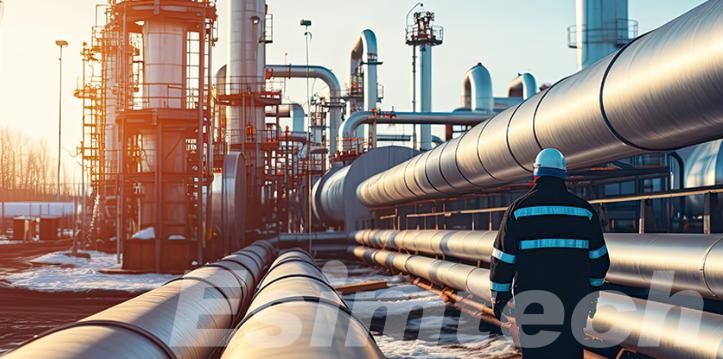
Advancements in Pipeline Safety Technology
Pipeline safety has advanced significantly over the years due to the increasing integration of cutting-edge technologies. These innovations are critical for minimizing risks, ensuring operational integrity, and preventing environmental damage caused by leaks or failures.
1. Real-Time Monitoring Systems
Overview: Real-time monitoring systems continuously track pipeline conditions, providing instant alerts in case of anomalies.
Key Features
- Sensors: Advanced sensors placed throughout the pipeline measure critical parameters such as pressure, temperature, and flow rates.
- SCADA Systems: Supervisory Control and Data Acquisition (SCADA) systems allow operators to monitor pipelines remotely and in real-time. Any abnormal changes trigger automatic alerts, enabling faster response times.
- Edge Computing: Edge devices can process data at the source, reducing the time required for data transmission and analysis, resulting in more immediate decision-making.
2. In-line Inspection Tools (Smart PIGs)
Overview: Smart Pipeline Inspection Gauges (PIGs) are robotic devices used for in-line inspection of pipelines to detect defects and anomalies such as corrosion, cracks, and dents.
Key Features
- High-Resolution Data: Smart PIGs are equipped with high-resolution sensors (e.g., magnetic flux leakage and ultrasonic) to provide detailed images of the pipeline’s internal condition.
- Corrosion and Crack Detection: PIGs can detect corrosion, erosion, weld defects, and even the smallest cracks, allowing for early intervention.
- Multi-Mode Operation: Some PIGs can operate in both oil and gas pipelines, offering flexible inspection across multiple types of systems.
3. Leak Detection Technologies
Overview: Leak detection systems have evolved significantly, employing a range of technologies to identify leaks early and mitigate their impact.
Key Features
- Fiber Optic Cables: Fiber optic sensors run alongside pipelines and detect acoustic signals or temperature changes caused by leaks. They provide high-sensitivity detection and precise location data.
- Acoustic Emission Monitoring: By listening to the sound waves emitted when a leak occurs, acoustic sensors can quickly detect even small leaks and pinpoint their location.
- Mass Balance Systems: These systems monitor the mass flow entering and exiting a pipeline. A discrepancy between the two can indicate a leak or rupture, triggering an alert.
4. Artificial Intelligence (AI) and Machine Learning (ML)
Overview: AI and machine learning technologies are revolutionizing pipeline safety by improving anomaly detection, predictive maintenance, and data analysis.
Key Features
- Predictive Maintenance: Machine learning algorithms analyze historical data to predict pipeline failures before they happen, enabling operators to perform maintenance proactively.
- Pattern Recognition: AI systems can identify patterns in large datasets from monitoring equipment, distinguishing between normal fluctuations and potential risks.
- Fault Classification: AI can classify different types of faults (e.g., corrosion vs. mechanical stress), helping operators prioritize repairs and allocate resources more efficiently.
5. Drones and Unmanned Aerial Vehicles (UAVs)
Overview: Drones equipped with high-resolution cameras, infrared sensors, and LiDAR are being used for aerial surveillance and inspection of pipelines, especially in hard-to-reach or hazardous areas.
Key Features
- Remote Inspection: Drones provide operators with a bird’s-eye view of pipelines, enabling remote inspection of above-ground pipelines, pump stations, and valve facilities.
- Infrared Imaging: Infrared cameras can detect temperature anomalies along pipelines, indicating potential leaks or areas where insulation has deteriorated.
- LiDAR Mapping: LiDAR technology provides detailed topographic maps of the pipeline environment, helping to detect soil erosion, ground movements, or vegetation encroachment that could impact pipeline integrity.
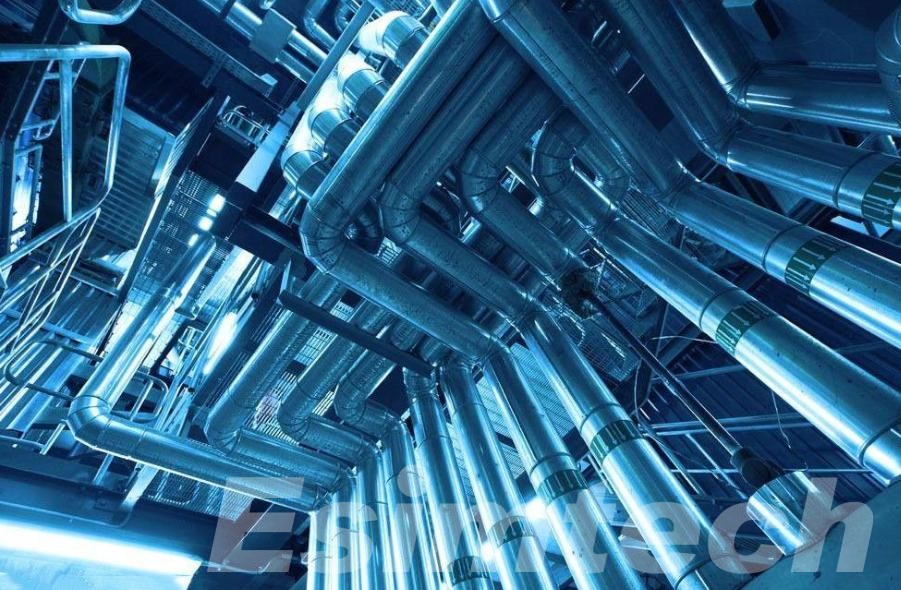
6. Robotics for Internal Inspection and Repair
Overview: Advanced robotics are now being used for internal inspections and even repairs in pipelines where human access is not feasible.
Key Features
- Autonomous Robots: Equipped with cameras, sensors, and tools, these robots navigate the interior of pipelines to inspect for corrosion, cracks, or leaks. They can work autonomously or be remotely controlled.
- Repair Capabilities: Some robots are designed to perform minor repairs, such as sealing small cracks or applying corrosion inhibitors, reducing the need for full shutdowns or human intervention.
- Non-Disruptive: These robots operate while pipelines are still in service, minimizing downtime and ensuring continuous transport.
7. Advanced Coatings and Corrosion Protection
Overview: Innovations in pipeline coatings have significantly improved the longevity and safety of pipelines by offering better protection against corrosion.
Key Features
- Nanotechnology Coatings: Nanotechnology-based coatings provide stronger and more durable anti-corrosion protection. These coatings create an impermeable barrier against moisture, chemicals, and other corrosive elements.
- Self-Healing Coatings: These coatings are designed to heal small cracks and scratches automatically. When damaged, the material reacts chemically to close the gap, preventing corrosion from spreading.
- Epoxy and Polyurethane Coatings: Modern epoxy and polyurethane coatings have enhanced durability and resistance to temperature extremes, making them ideal for pipelines in harsh environments.
8. Cathodic Protection Systems
Overview: Cathodic protection systems are used to prevent the electrochemical corrosion of pipelines by applying an external electrical current.
Key Features
- Impressed Current Cathodic Protection (ICCP): This system uses an external power source to apply a protective current to the pipeline, preventing corrosion from occurring.
- Sacrificial Anode Protection: Sacrificial anodes made of a more reactive metal are attached to the pipeline, which corrodes in place of the pipeline, protecting it from degradation.
- Monitoring and Optimization: Advanced cathodic protection systems now include sensors that monitor the effectiveness of the protection and adjust the current in real time to ensure optimal corrosion prevention.
9. Digital Twins and Virtual Simulation
Overview: Digital twin technology creates a virtual model of the pipeline, allowing operators to simulate different scenarios of pipeline transportation and predict how the pipeline will perform over time.
Key Features
- Real-Time Data Integration: The digital twin integrates real-time data from sensors and monitoring systems, allowing operators to visualize pipeline performance and detect anomalies remotely.
- Predictive Analysis: By simulating different operational conditions, operators can assess the impact of various factors, such as pressure changes, temperature fluctuations, or external threats, and plan preventive measures accordingly.
- Maintenance Planning: The digital twin can help schedule maintenance by predicting wear and tear based on actual usage and environmental conditions.
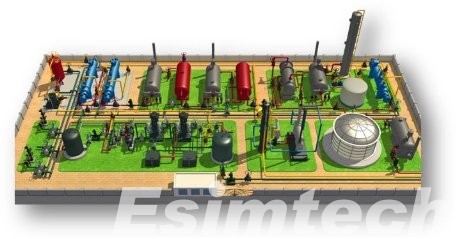
10. Satellite Surveillance and Remote Sensing
Overview: Satellite technology is being used to monitor large-scale pipeline networks, providing real-time data on environmental changes and potential threats.
Key Features
- Land Movement Detection: Satellite-based remote sensing can detect even subtle ground movements that could compromise pipeline integrity, such as subsidence, erosion, or landslides.
- Environmental Monitoring: Satellites monitor environmental factors like temperature and vegetation encroachment, helping operators identify areas that may require maintenance or inspection.
- Global Coverage: Satellites offer continuous, large-scale monitoring, making them particularly useful for pipelines in remote or inaccessible regions.
To sum up, Pipeline safety is a complex, multi-faceted discipline that requires continuous investment in technology, expertise, and regulatory compliance. The advancement of technology in the pipeline industry has significantly improved safety measures, reducing the likelihood of catastrophic failures and environmental harm. Innovations in real-time monitoring, inspection tools, leak detection technologies, advanced materials, etc, are transforming how pipelines are managed, inspected, and maintained.

